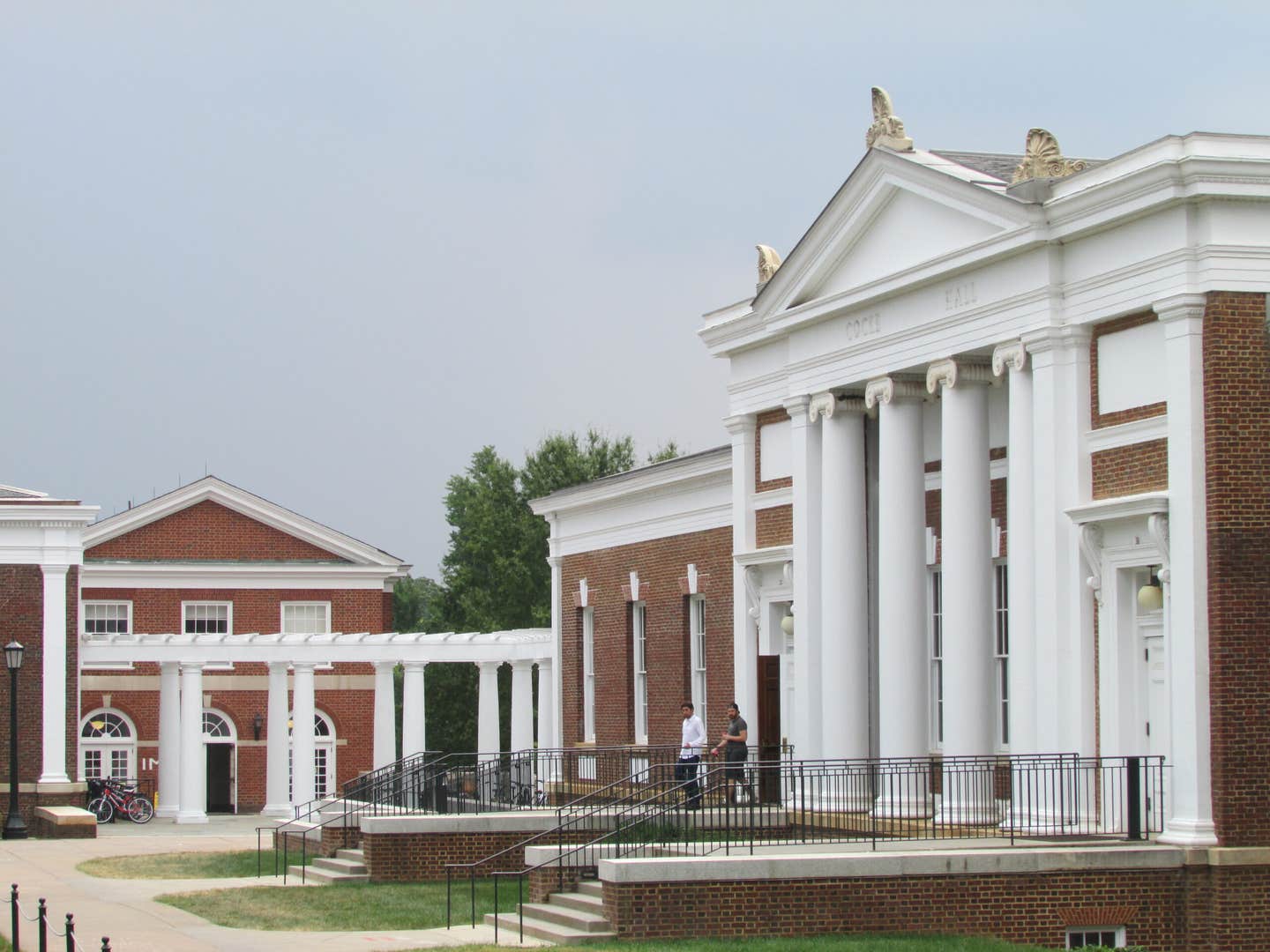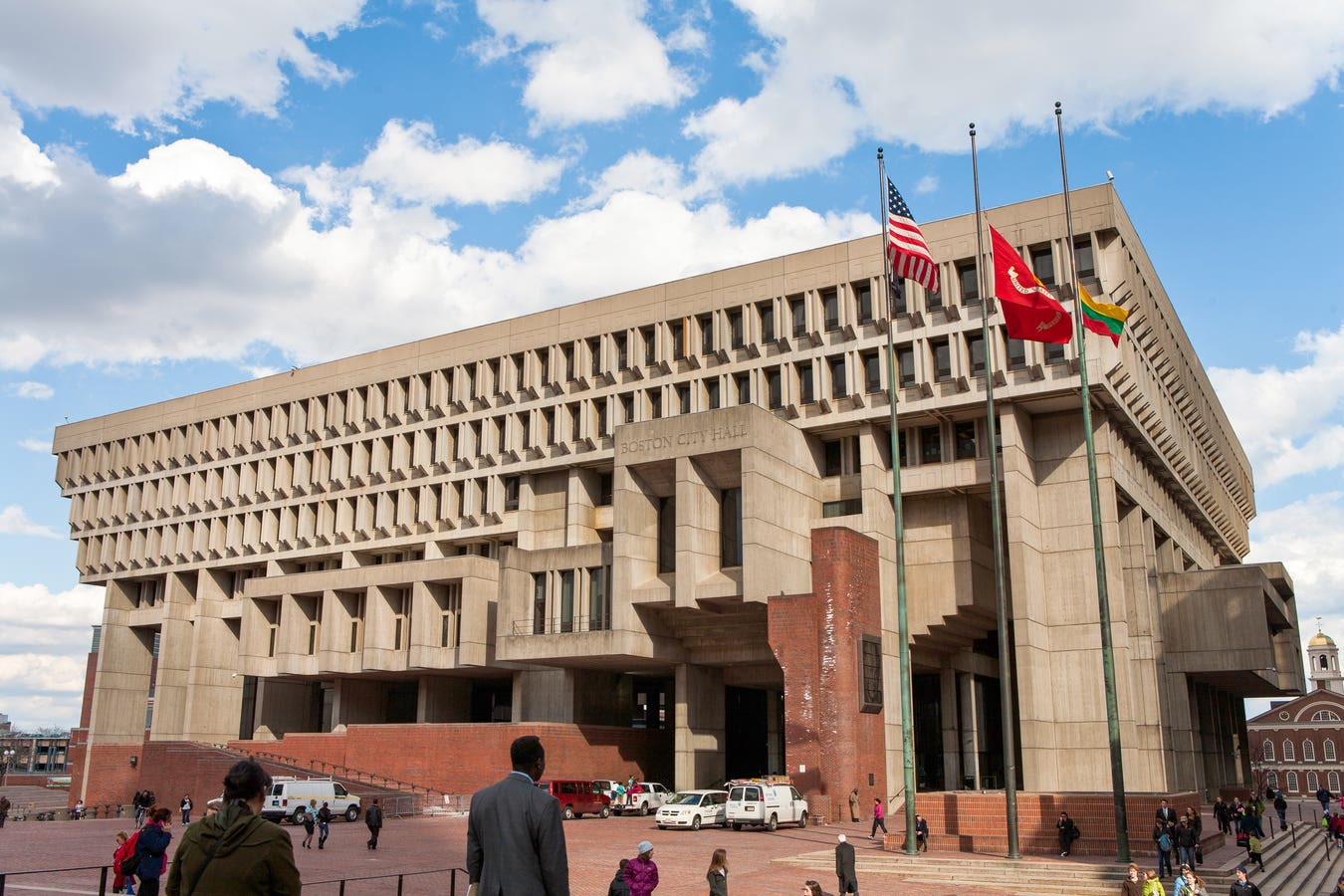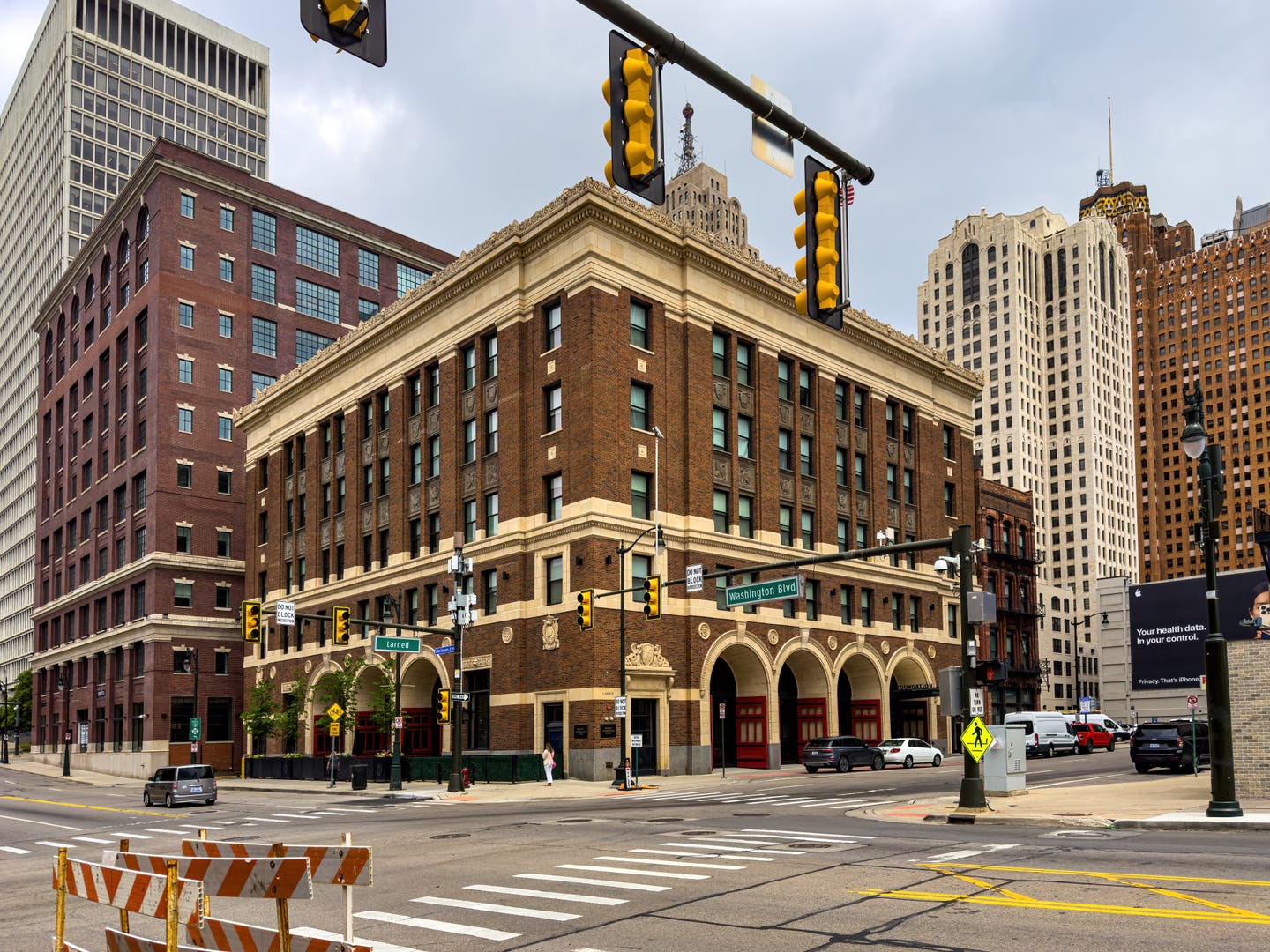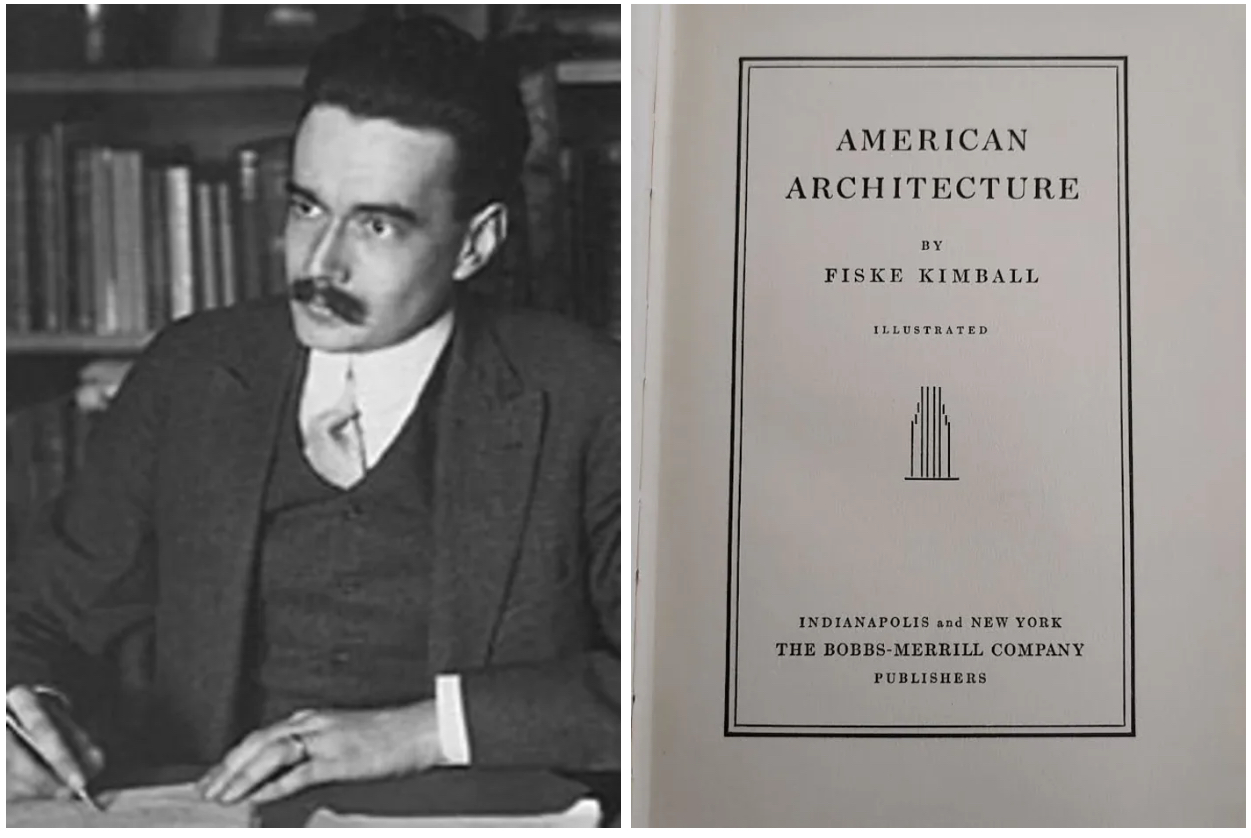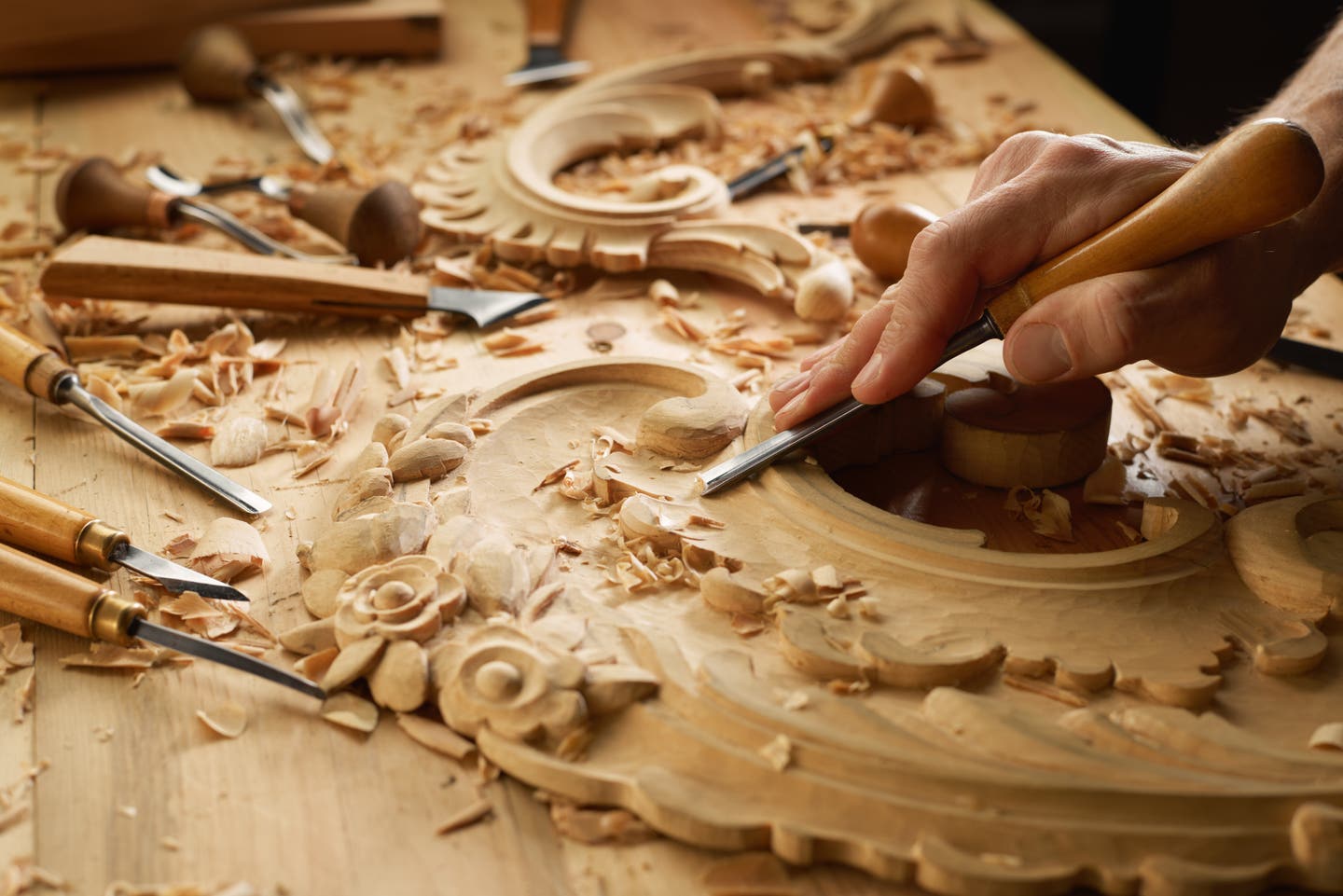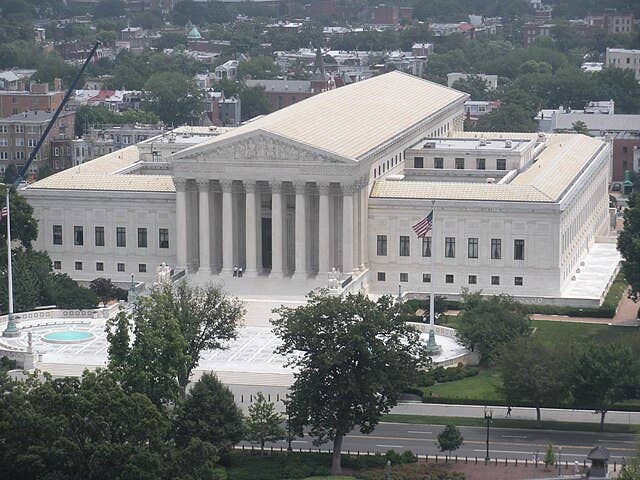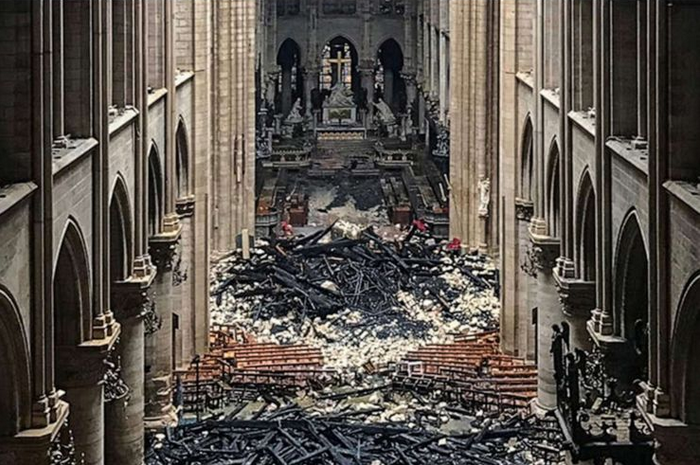
David Brussat
Notre Dame Redivivus
Notre Dame lives!
Monday was pure concentrated stress and sadness – the horror! – watching the spire teeter and fall, then seeing the fire creep along what remained of the roof toward the betowered west façade, and then, as flames attacked its south tower, hearing the French interior ministry prepare us for the horrid possibility that 400 “pompiers” might somehow fail, after stouthearted hours of battle, to save Our Lady of Paris.
At last, checking news updates on the way to bed, I learned that the fire was under control, and that damage might be far less than would naturally be imagined from the evidence of one’s own eyes that had tortured us all day.
This was confirmed the next morning, and throughout the day. Miraculously saved, it appeared, were the rose windows of stained glass, the crown of thorns, the 18th-century organ, many great works of art, even the copper rooster atop the fallen spire, which was found in the rubble below. Surviving were the exterior walls braced by flying buttresses, the interior walls of the nave are intact, and many of the pews, sconces and chandeliers were protected from debris from the burning roof and falling spire by the nave’s ceiling, most of which seems to have held fast, doubtless strengthened by its rib vaulting, a 12th-century innovation whose effectiveness has now been proved in a literal trial by fire.
I visited Notre Dame in the fall of 2002 and, gripping my broke-back Penguin edition of The Hunchback of Notre Dame, mounted to the highest public viewing platform. I will not be able to bring my wife, Victoria, and our 10-year-old son, Billy, to the same spot, or anywhere near it, if we visit this summer. I cannot tell whether the tragedy is pushing me toward or pulling me away from the trip.
Atop the depredations of modern architecture since my last trip to Paris – such as the ridiculous renovation along the rue de Rivoli, near the Louvre, of the historic Samaritaine department store – a thick sadness hangs over Paris. The vandals are already inside the gates. This weighs heavily in our balance of visitation, so largely dominated, until yesterday’s fire, by the cost of air fare.
Yes, the damage is horrendous even if it is mainly confined to the lost spire and roof. Water pumped by pompiers can harm stone structures – that story awaits. The cause of the fire remains unknown but is presumed accidental, possibly ignited by renovation work on the spire. An investigation is under way.
Reconstruction is sure to take years, and yet contributions of €700 million have already been made by wealthy French businessmen. Paris appears to have dodged the bullet that struck Glasgow – twice, when a terrible fire that burned Charles Rennie Mackintosh’s art school (1896-1909) in 2014 was followed in 2018 by an even more devastating fire that is forcing an almost entire reconstruction of the lost building.
The project to reconstruct the Glasgow School of Art was harried by the theory that only a modernist replacement could honor the creative spirit of Mackintosh. At least there can be no doubt, I told myself this morning, that a rebuilt Notre Dame will replicate the roof, spire and other features as they were. But now I hear that a French architect has proposed a “Bundestag option” – a reference to the modernist dome by Sir Norman Foster plopped onto the German parliament restored to its otherwise original appearance many decades after it was set ablaze in 1933 by Hitler, when it was known as the Reichstag.
Can we trust that cooler heads will prevail in Paris? I hope so. Rebuilding Notre Dame recalls the rebuilding of Dresden’s Frauenkirche and, closer to home, the proposal to rebuild New York’s Penn Station, as it was designed by Charles Follen McKim, half a century after its demolition in 1963-66.
But France, like most of Europe and the European diaspora in the rest of the West is deeply sunk in attitudes that reject tradition and embrace anti-tradition, not just in architecture but in almost every type of belief and field and endeavor. Maybe, however, just maybe the atavistic sorrow unleashed by yesterday’s tragedy will cause Parisians, and others equally moved, to take a deeper look into their souls. Maybe there is something profound to be read into what drove Parisians watching the blaze to sing hymns together and pray aloud in public. An essay I read this morning by classical scholar Wes Callihan expressed this hope in the form of regret:
When a tragedy happens quickly, we notice and are rightly shocked. When it happens slowly, those who even notice at all are mocked or ignored. We’ve all seen the pictures in the news by now of the bare ruined choirs where late the sweet birds sang in the interior of Notre Dame. That charred, smoking mess we see is our civilization as it has been for the last 200 years. We do not live in Old Western Culture, not even in the twilight of it. We live in the cold, charred ruins. We ought to grieve, with real tears, over the sudden demise of Our Lady of Paris. But we ought likewise to be grieving every bit as much over the long, slow, agonizing demise of the culture she watched over protectively and then sadly for so long.
Or, as Churchill put it in his 1943 reply to those who would rebuild in some novel fashion the bombed-out House of Commons chamber in Britain’s parliament building: “We shape our buildings; thereafter, they shape us.”
Architecture is the canary in the mineshaft. It is dead. When it died is a detail that can be debated, but the point remains. Maybe, in the aftermath of yesterday’s tragedy, the canary can be reborn.
Update: April 17, 2019
The French premier has announced an international design competition to rebuild a spire “adapted to techniques and challenges of our times.” This does not necessarily preclude rebuilding it as it was, but …
For 30 years, David Brussat was on the editorial board of The Providence Journal, where he wrote unsigned editorials expressing the newspaper’s opinion on a wide range of topics, plus a weekly column of architecture criticism and commentary on cultural, design and economic development issues locally, nationally and globally. For a quarter of a century he was the only newspaper-based architecture critic in America championing new traditional work and denouncing modernist work. In 2009, he began writing a blog, Architecture Here and There. He was laid off when the Journal was sold in 2014, and his writing continues through his blog, which is now independent. In 2014 he also started a consultancy through which he writes and edits material for some of the architecture world’s most celebrated designers and theorists. In 2015, at the request of History Press, he wrote Lost Providence, which was published in 2017.
Brussat belongs to the Providence Preservation Society, the Rhode Island Historical Society, and the Institute of Classical Architecture & Art, where he is on the board of the New England chapter. He received an Arthur Ross Award from the ICAA in 2002, and he was recently named a Fellow of the Royal Society of the Arts. He was born in Chicago, grew up in the District of Columbia, and lives in Providence with his wife, Victoria, son Billy, and cat Gato.



